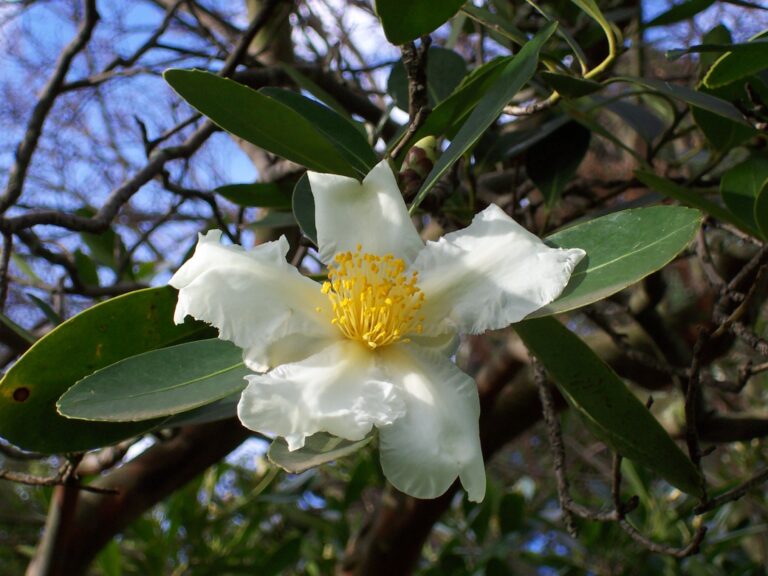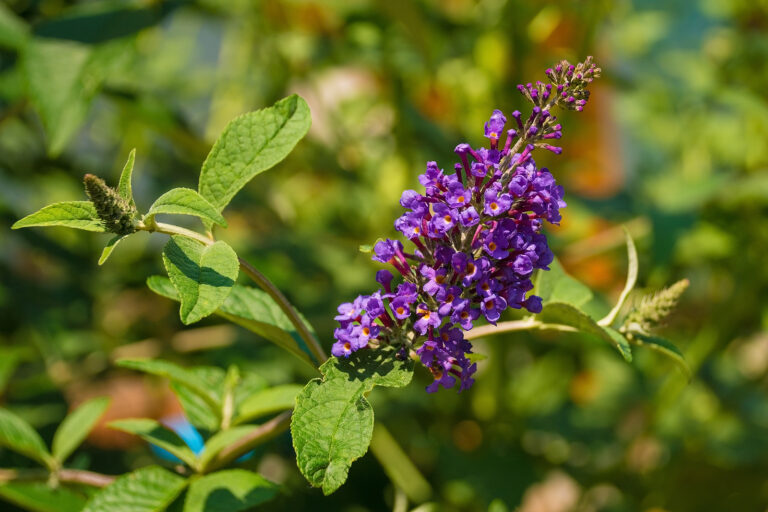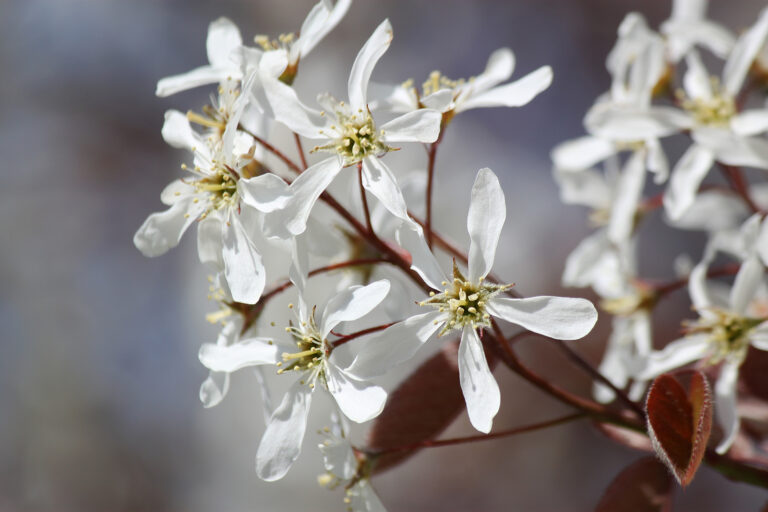How to Grow Mountain Ash – Sorbus
Sorbus–commonly called mountain ash–is often grown for its showy spring flowers and shower autumn fruit. Creamy white blossoms appear in broad, flat clusters scattered over the canopy. The flowers turn to hanging clusters of small, red or orange-red berry-like fruit that color in late summer and early fall.
Sorbus are deciduous trees or shrubs. There are about 100 species in the widely distributed genus. Almost all occur in cool, moist northern climates where there is a winter chill; they do not do well where summers are hot. Species with compound leaves are called mountain ashes; those with simple leaves are called whitebeams.
Sorbus are well adapted for small gardens. They can be planted as street trees, but the fruit can be messy over paving.
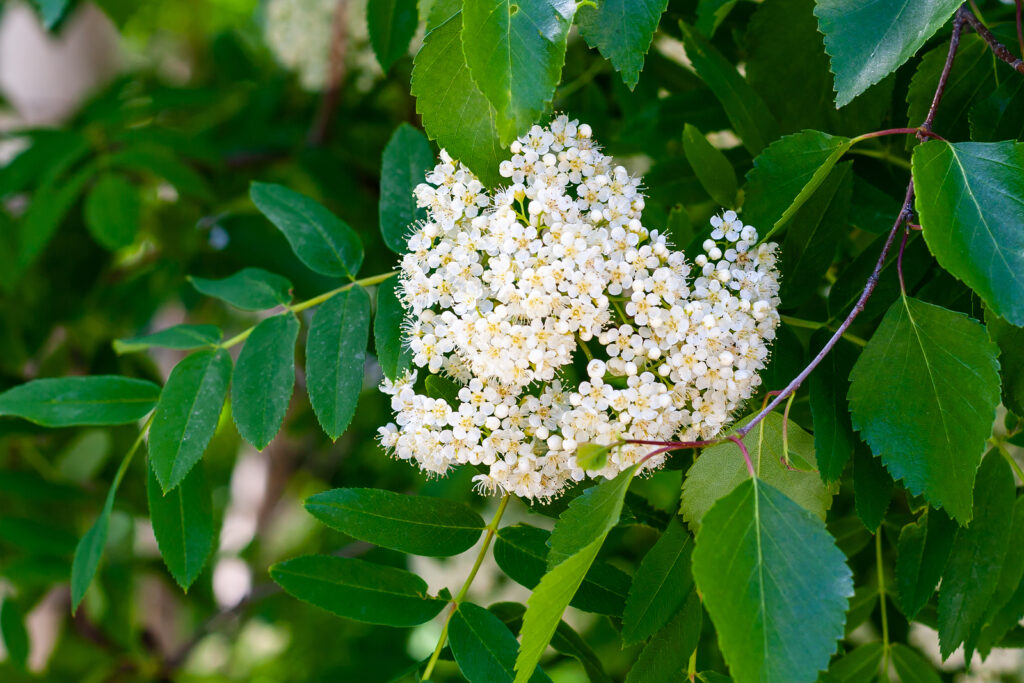
Get to know Sorbus
- Plant type: Deciduous trees or shrubs
- Growing zones and range: USDA Zones 3 to 6
- Hardiness:
- Height and width: 50-70 feet (15-20m) tall and 25 feet (8m) wide
- Growth rate: Medium to fast
- Form and habit: Pyramidal in youth, opening out and rounding somewhat in maturity
- Foliage: Typically finely cut and somewhat fernlike; some are undivided; some have good fall color; alternate leaves are glossy dark green in summer, and yellow, orange, red, and luminous brown in fall
- Flowers: Blossoms are grouped in broad, flat clusters scattered over foliage canopy; flowers are usually creamy white; borne in flattened, elder-like heads
- Fruits: Hanging clusters of small, berrylike fruit that colors up in late summer or early fall; typically red or orange red, but white, pink, and golden forms are occasionally available
- Bloom time: Spring or early summer
- Uses: Small gardens, specimen trees, wild or woodland garden, street, naturalized on slope, or ridge
- Garden companions:
- Common name: Mountain Ash
- Botanical name: Sorbus
- Family name: Rosaceae
- Origin: North America, Europe, central China, Korea, and Japan
Where to plant Sorbus
- Plant Sorbus in full sun for best fall color, but tolerate light shade.
- Plant Sorbus in moist, moderately fertile, humus-rich, well-drained, acid to alkaline soil; tolerate pH 5.0 to 7.0.
- Mulch to keep the roots cool and moist.
- Sorbus can stand wet conditions for a time but does not do well in urban settings.
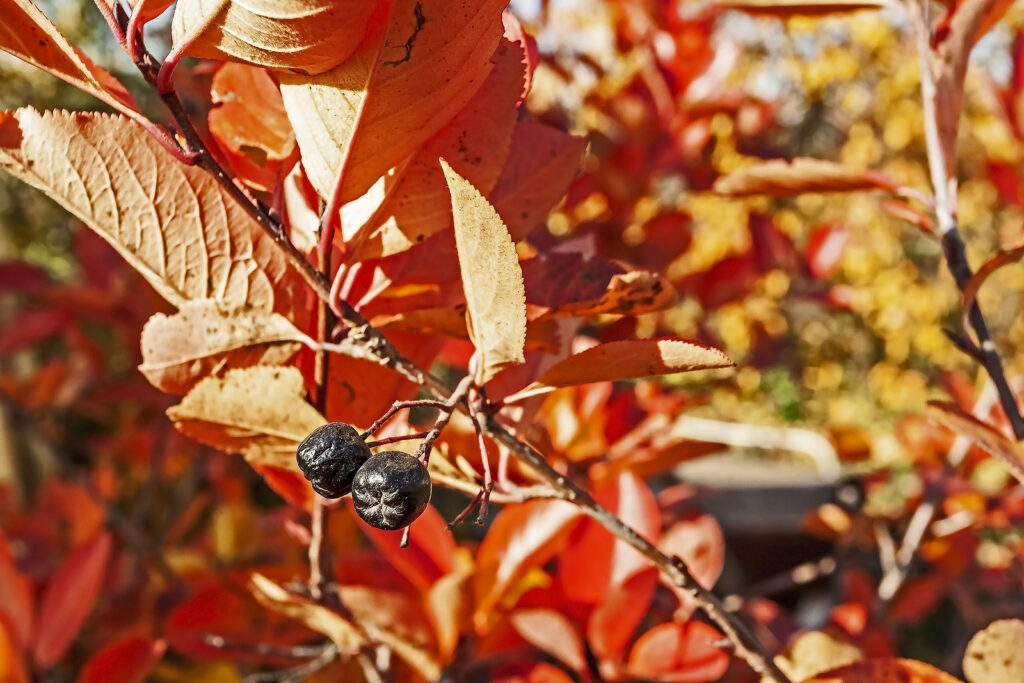
When to plant Sorbus
- Transplant a young container-grown or balled-and-burlapped Sorbus in early spring to well-drained loamy soil in full sun.
- Sow seed in containers in a cold frame in autumn.
Planting and spacing Sorbus
- Plant Sorbus 25 feet (8m) apart.
How to water and feed Sorbus
- Give Sorbus regular to moderate water.
- Feed Sorbus with an all-purpose organic fertilizer in spring
How to care for Sorbus
- Prune Sorbus in winter or early spring; older trees rarely need pruning.
Sorbus pests and diseases
- Sorbus are subject to attacks by fireblight and scab in hot, humid areas; dieback, powdery mildew, antracnose, and wood rot can also be a problem.
- Canker and borers are problems for trees under stress.
- Sorbus are highly disease resistant in cool, dry climates.
- Sorbus are susceptible to attacks by borers, scale insects, and aphids.
- Sorbus fruit is favored by migrating birds, such as robins and evening grosbeaks
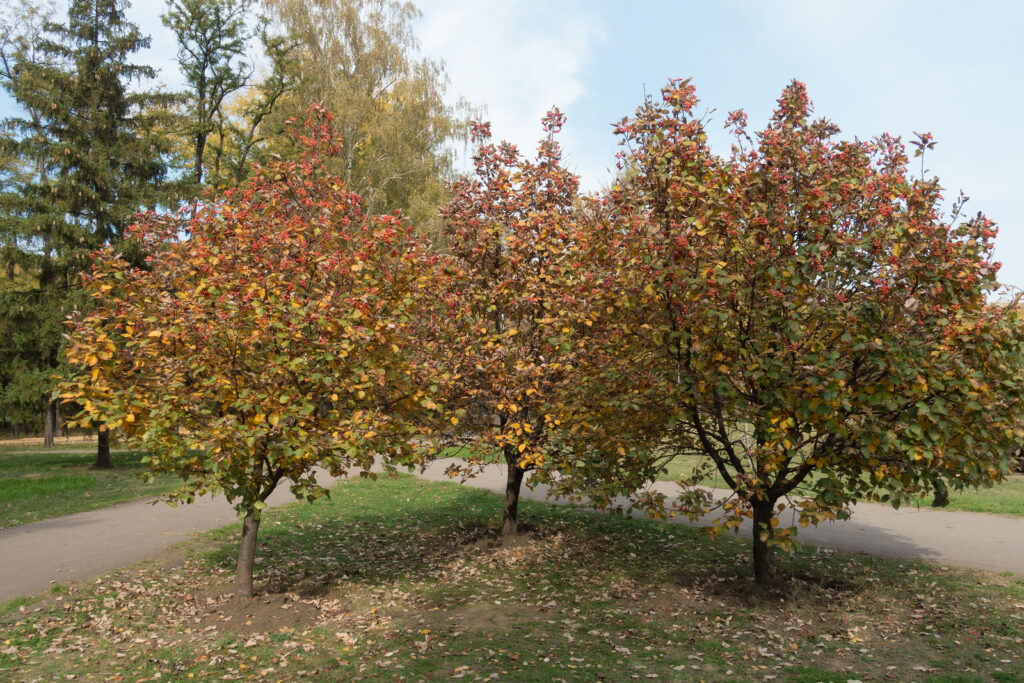
Sorbus propagation
- Take greenwood cuttings in early summer; not all will root readily.
- Bud in summer.
- Graft Sorbus in late winter and early spring.
Sorbus varieties to grow
- Sorbus alnifolia, Korean mountain ash, tree. Broad, dense, to 70 feet (20m) tall and 25 feet (8m) wide. The name alnifolia refers to the leaves, which are undivided (like those of alder); they are 2-4 inches (5.1-10.2cm) long, toothed, dark green, turning yellow to orange in fall. Red-and-yellow fruit. Tolerates heat and humidity better than other mountain ashes.
- S. aucuparia, European mountain ash, Rowan, tree. Naturalized in North America. To 50 feet (15m) tall and 22 feet (7m) wide. Sharply rising branches form a dense, oval to round crown. Leaves are 5-9 inches (12.7-22.9cm) long, with 9-15 leaflets; they are dull green above, gray green below, turning tawny yellow to reddish in autumn. Orange-red fruit.


